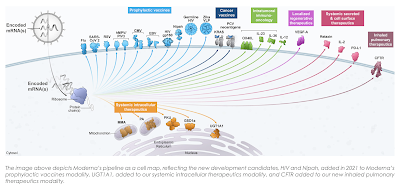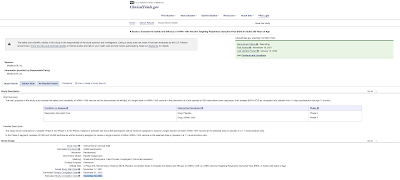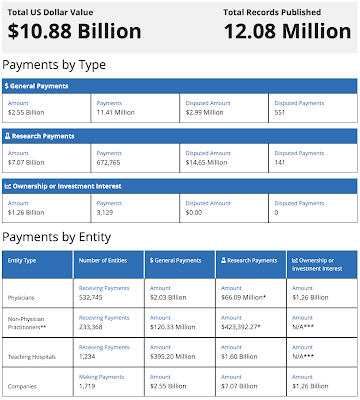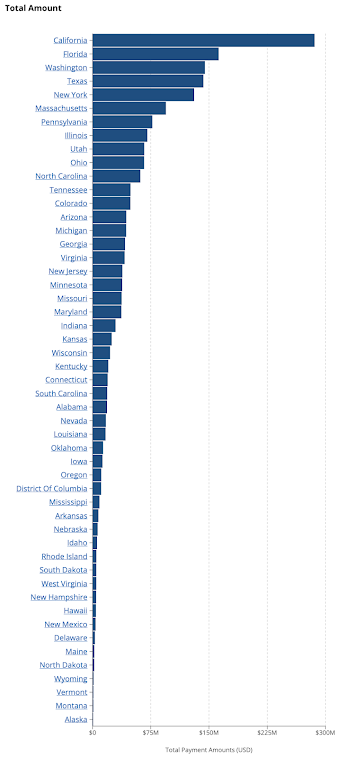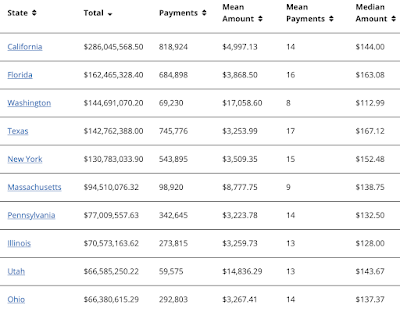In part one of this two part posting, I looked at a recent essay that appeared on the website of the Foreign Ministry of the People's Republic of China (FMPRC) which examined Washington's role as the dominant political, economic and political power in the world from the perspective of China's leadership. The essay, entitled "US Hegemony and Its Perils" looks at five aspects of America's hegemony; political, military and economic which were covered in part one and technological and cultural which will be covered in this posting.
1.) Technological Hegemony - Monopoly and Suppression: In this section, the authors of the essay outline how U.S. government policies deter the scientific, technological and economic development of other nations by imposing technological and other restrictions in high-tech fields. One prime example of this is the Section 301 Investigations mechanism which is used by the Office of the United States trade Representative under the Executive Office of the President to investigate and take action to enforce U.S. trade rights under trade agreements and respond to certain foreign trade practices. Here is a brief outline on the retaliatory actions that the USTR can take if it deems that there has been a "trade agreement violation or if an act, policy or practice of a foreign government is unjustifiable and burdens or restricts U.S. commerce."
"To remedy a foreign trade practice, Section 301 authorizes the USTR to (1) impose duties or other import restrictions, (2) withdraw or suspend trade agreement concessions, or (3) enter into a binding agreement with the foreign government to either eliminate the conduct in question (or the burden to U.S. commerce) or compensate the United States with satisfactory trade benefits. The USTR must give preference to duties (i.e., tariffs) if action is taken in the form of import restrictions. The level of mandatory action under Section 301 should “affect goods or services of the foreign country in an amount equivalent in value to the burden or restriction being imposed by that country on” U.S. commerce."
Here is an example specific to the USTR investigation into China and technological transfer and intellectual property:
Let's look at some quotes from the essay with my bolds throughout:
"The United States monopolizes intellectual property in the name of protection. Taking advantage of the weak position of other countries, especially developing ones, on intellectual property rights and the institutional vacancy in relevant fields, the United States reaps excessive profits through monopoly. In 1994, the United States pushed forward the Agreement on Trade-Related Aspects of Intellectual Property Rights (TRIPS), forcing the Americanized process and standards in intellectual property protection in an attempt to solidify its monopoly on technology....
The United States politicizes, weaponizes technological issues and uses them as ideological tools. Overstretching the concept of national security, the United States mobilized state power to suppress and sanction Chinese company Huawei, restricted the entry of Huawei products into the U.S. market, cut off its supply of chips and operating systems, and coerced other countries to ban Huawei from undertaking local 5G network construction. It even talked Canada into unwarrantedly detaining Huawei's CFO Meng Wanzhou for nearly three years.
The United States has fabricated a slew of excuses to clamp down on China's high-tech enterprises with global competitiveness, and has put more than 1,000 Chinese enterprises on sanction lists. In addition, the United States has also imposed controls on biotechnology, artificial intelligence and other high-end technologies, reinforced export restrictions, tightened investment screening, suppressed Chinese social media apps such as TikTok and WeChat, and lobbied the Netherlands and Japan to restrict exports of chips and related equipment or technology to China."
Here is what China has to say about how Washington abuses its technological hegemony to carry out cyber attacks and electronic surveillance which came to light thanks, in part, to Edward Snowden:
"The United States abuses its technological hegemony by carrying out cyber attacks and eavesdropping. The United States has long been notorious as an "empire of hackers," blamed for its rampant acts of cyber theft around the world. It has all kinds of means to enforce pervasive cyber attacks and surveillance, including using analog base station signals to access mobile phones for data theft, manipulating mobile apps, infiltrating cloud servers, and stealing through undersea cables. The list goes on.
U.S. surveillance is indiscriminate. All can be targets of its surveillance, be they rivals or allies, even leaders of allied countries such as former German Chancellor Angela Merkel and several French Presidents. Cyber surveillance and attacks launched by the United States such as "Prism," "Dirtbox," "Irritant Horn" and "Telescreen Operation" are all proof that the United States is closely monitoring its allies and partners. Such eavesdropping on allies and partners has already caused worldwide outrage. Julian Assange, the founder of Wikileaks, a website that has exposed U.S. surveillance programs, said that "do not expect a global surveillance superpower to act with honor or respect. There is only one rule: there are no rules."
2.) Cultural Hegemony - Spreading False Narratives: In this section, the authors note that the global expansion of American culture plays an important part in strengthening and maintaining its control. Here are some quotes:
"The United States embeds American values in its products such as movies. American values and lifestyle are a tied product to its movies and TV shows, publications, media content, and programs by the government-funded non-profit cultural institutions. It thus shapes a cultural and public opinion space in which American culture reigns and maintains cultural hegemony. In his article The Americanization of the World, John Yemma, an American scholar, exposed the real weapons in U.S. cultural expansion: the Hollywood, the image design factories on Madison Avenue and the production lines of Mattel Company and Coca-Cola....
American cultural hegemony not only shows itself in "direct intervention," but also in "media infiltration" and as "a trumpet for the world." U.S.-dominated Western media has a particularly important role in shaping global public opinion in favor of U.S. meddling in the internal affairs of other countries.
The U.S. government strictly censors all social media companies and demands their obedience. Twitter CEO Elon Musk admitted on 27 December 2022 that all social media platforms work with the U.S. government to censor content, reported Fox Business Network. Public opinion in the United States is subject to government intervention to restrict all unfavorable remarks. Google often makes pages disappear..."
The essay goes on to outline the links between the American media One prime example of media manipulation of other nations is RadioFreeEurope/RadioLiberty which was formed in 1949 to combat the spread of Communism in the post-World War II world. Another is the cozy connection between the CIA and reporters from the Associated Press, Washington Post, New York Times and the Wall Street Journal (among other media outlets) as outlined in a 2014 report on The Intercept as shown in this email exchange between the CIA Office of Public Affairs and Ken Dilanian at the Los Angeles Times:
In addition, here is an interesting article from 2021 that appeared on the CATO website entitled "How the National Security State Manipulates the News Media" which outlines the threat to liberty that occurs when the press colludes with America's national security apparatus.
Here is an additional quote from the Chinese essay regarding this issue and Washington's hypocrisy when it comes to freedom of the press in other nations:
"The United States practices double standards on the freedom of the press. It brutally suppresses and silences media of other countries by various means. The United States and Europe bar mainstream Russian media such as Russia Today and the Sputnik from their countries. Platforms such as Twitter, Facebook and YouTube openly restrict official accounts of Russia. Netflix, Apple and Google have removed Russian channels and applications from their services and app stores. Unprecedented draconian censorship is imposed on Russia-related contents.
The United States abuses its cultural hegemony to instigate "peaceful evolution" in socialist countries. It sets up news media and cultural outfits targeting socialist countries. It pours staggering amounts of public funds into radio and TV networks to support their ideological infiltration, and these mouthpieces bombard socialist countries in dozens of languages with inflammatory propaganda day and night."
Let's close the second part of this two part posting on American hegemony from China's perspective with this quote from the conclusion to the essay:
"While a just cause wins its champion wide support, an unjust one condemns its pursuer to be an outcast. The hegemonic, domineering, and bullying practices of using strength to intimidate the weak, taking from others by force and subterfuge, and playing zero-sum games are exerting grave harm. The historical trends of peace, development, cooperation, and mutual benefit are unstoppable. The United States has been overriding truth with its power and trampling justice to serve self-interest. These unilateral, egoistic and regressive hegemonic practices have drawn growing, intense criticism and opposition from the international community."
We are seeing growing signs of discontent, particularly in the global south, with America's views of its exceptionalism and its bully stance when it comes to the geopolitical reality of today. There is little doubt that the globe is evolving into a multipolar system where multiple nations and alliances of nations (i.e. BRICS) are playing a far more influential role on the world stage at the expense of Washington and its post-World War II, rules-based international order mentality.









